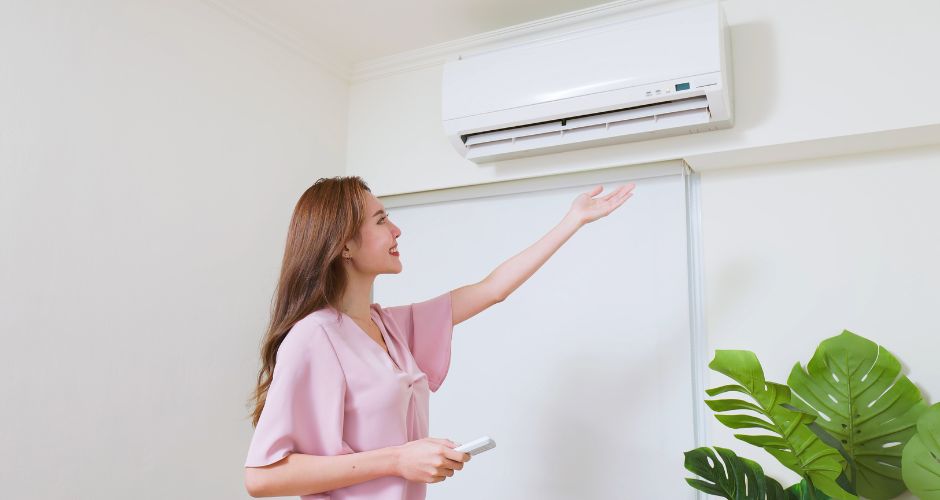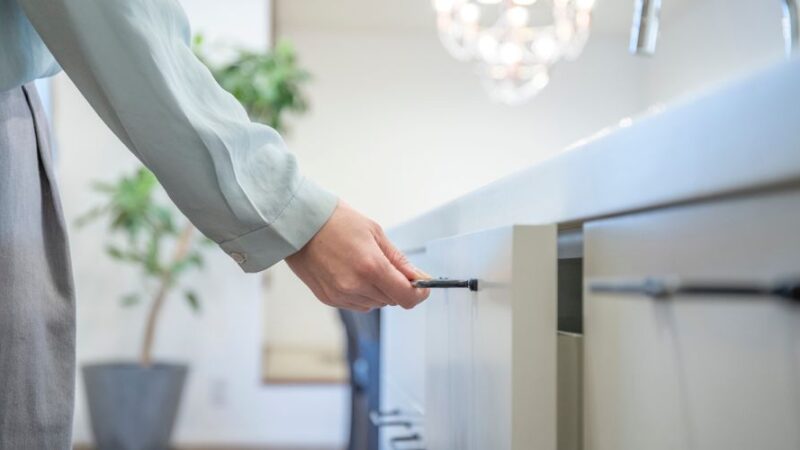What Makes Split Air Conditioners a Popular Choice?

When it comes to cooling your home or workspace, split air conditioners have become a go-to option for countless homeowners and businesses. Their sleek design, energy efficiency, and powerful cooling capabilities have made them a standout choice in the market.
But what exactly makes split air conditioners so popular?
In this blog, we’ll explore the many reasons why split air conditioners are the preferred choice for modern living and how they can transform your cooling experience.
Dive in to discover what makes these systems a game-changer for your comfort and convenience!
What Are Split Air Conditioners?
Split air conditioners, also known as ductless mini-split systems, consist of two main components: an indoor unit that contains the evaporator coil and blower, and an outdoor unit housing the compressor and condenser coil. These units are connected by refrigerant lines and require minimal ductwork, making them ideal for cooling individual rooms or zones within a home.
“Cool comfort, quiet operation—split air conditioners redefine home living.”
Benefits of Split Air Conditioners
Split air conditioners offer a range of benefits that make them a popular choice for homeowners and businesses alike. Here are some of the key advantages of split AC systems:
- Energy Efficiency: Split air conditioners are known for their energy efficiency, helping to lower utility bills while reducing environmental impact. They use advanced technology, such as inverter compressors and variable-speed fans, to optimize energy consumption and maintain comfortable indoor temperatures efficiently.
- Zoned Cooling: One of the significant advantages of split AC systems is their ability to provide zoned cooling. By installing multiple indoor units connected to a single outdoor unit, homeowners can independently control the temperature in different areas or rooms of the home, allowing for personalized comfort and energy savings.

- Quiet Operation: Indoor units of split AC systems operate quietly, providing a peaceful and comfortable indoor environment. This is particularly beneficial for bedrooms, offices, or other areas where noise levels are a concern, allowing occupants to enjoy a quiet and restful atmosphere.
- Improved Air Quality: Many split air conditioners come equipped with advanced filtration systems that help remove dust, allergens, and other airborne particles from the indoor air. This not only improves indoor air quality but also promotes better respiratory health and overall well-being for occupants.
- Sleek Design: The indoor units of split AC systems feature sleek and modern designs, making them an attractive addition to any living space. With their compact size and stylish appearance, split AC units can blend seamlessly into various interior décor styles while providing efficient cooling performance.
- Easy Installation: Installation of split air conditioners typically requires minimal ductwork, reducing installation time and costs compared to traditional central air conditioning systems. Additionally, the flexibility of split AC systems allows for easy customization to meet specific cooling needs and spatial constraints.
- Customizable Options: Split air conditioners offer a wide range of customizable options to suit individual preferences and requirements. From different sizes and capacities to advanced features such as programmable thermostats and remote control operation, homeowners can choose the ideal split AC system to meet their cooling needs.
How to Clean Split Air Conditioners?
Cleaning your split air conditioner regularly is essential to maintain its performance, efficiency, and longevity. Here’s a step-by-step guide on how to clean your split AC unit:
- Turn Off Power: Before you begin cleaning, make sure to turn off the power to the air conditioner at the main electrical panel or disconnect switch to prevent any accidents.
- Clean the Filters:
- Remove the front panel of the indoor unit to access the filters.
- Take out the filters carefully and inspect them for dirt, dust, and debris.
- If the filters are washable, rinse them under running water to remove dirt and grime. Allow them to air dry completely before reinstalling.
- If the filters are disposable, replace them with new ones according to the manufacturer’s instructions.
- Clean the Indoor Unit:
- Use a soft brush or vacuum cleaner attachment to gently clean the interior surfaces of the indoor unit, including the coils, fan blades, and housing.
- Be careful not to damage or bend the fins on the coils while cleaning.
- Clean the Outdoor Unit:
- Remove any debris, leaves, or obstructions from around the outdoor unit to ensure proper airflow.
- Use a garden hose to gently spray the outdoor unit to remove dirt, dust, and debris from the coils and fins.
- Avoid using high-pressure water, as it can damage delicate components of the outdoor unit.
- Check the Drainage System:
- Inspect the condensate drain line for clogs or blockages. Use a small brush or pipe cleaner to remove any debris from the drain line.
- Pour a mixture of water and mild detergent through the drain line to flush out any remaining dirt or algae buildup.
- Clean the Louvers and Vents:
- Wipe down the louvers and vents on the indoor unit with a damp cloth to remove dust and dirt.
- Use a mild detergent if necessary, but avoid using harsh chemicals or abrasive cleaners that could damage the unit.
- Inspect and Test:
- Once you’ve cleaned the air conditioner, inspect the unit for any signs of damage or wear, such as bent fins or loose connections.
- Turn the power back on and test the air conditioner to ensure it’s working correctly.
- Schedule Professional Maintenance:
- While regular cleaning is essential for maintaining your split air conditioner, it’s also important to schedule professional maintenance at least once a year.
- A qualified HVAC technician can perform a thorough inspection, cleaning, and tune-up of your air conditioning system to ensure optimal performance and efficiency.
By following these steps and cleaning your split air conditioner regularly, you can ensure that it operates efficiently, provides reliable cooling, and lasts for years to come. Regular maintenance not only improves indoor air quality but also helps prevent costly repairs and extends the life of your air conditioning system.
How Are Ductless Air Conditioners Installed?
Installing ductless air conditioners, also known as mini-split systems, typically involves the following steps:
- Site Survey: A qualified HVAC technician will conduct a site survey to assess the installation area and determine the best locations for mounting the indoor and outdoor units. Factors such as room size, layout, and structural considerations will be taken into account.
- Mounting Indoor Unit: The indoor unit, which contains the evaporator coil and blower, is mounted on the interior wall of the room. The unit is secured using brackets and positioned at a height that allows for optimal airflow and distribution of cooled air.
- Connecting Refrigerant Lines: Refrigerant lines are run from the outdoor unit to the indoor unit through a small hole in the wall. These lines carry refrigerant between the two units, facilitating the exchange of heat and the cooling process.
- Installing Outdoor Unit: The outdoor unit, which houses the compressor and condenser coil, is mounted on a stable surface outside the building, such as a concrete pad or wall bracket. Proper clearance and ventilation are essential to ensure optimal performance and longevity of the unit.
- Electrical Wiring: Electrical wiring is run from the indoor unit to the outdoor unit to provide power and control signals. A qualified electrician will ensure that the wiring is installed safely and in compliance with local building codes.
- Testing and Commissioning: Once the installation is complete, the system is tested to ensure proper operation and performance. The HVAC technician will check for leaks, adjust refrigerant levels, and program the thermostat settings to meet the homeowner’s preferences.
- User Instructions: Finally, the homeowner will be provided with instructions on how to operate and maintain the ductless air conditioner. This may include setting temperature and fan speed settings, cleaning and maintenance guidelines, and troubleshooting tips.
In conclusion, split air conditioners offer numerous benefits, including energy efficiency, zoned cooling, and sleek design, making them a smart choice for homeowners seeking reliable and effective cooling solutions.






